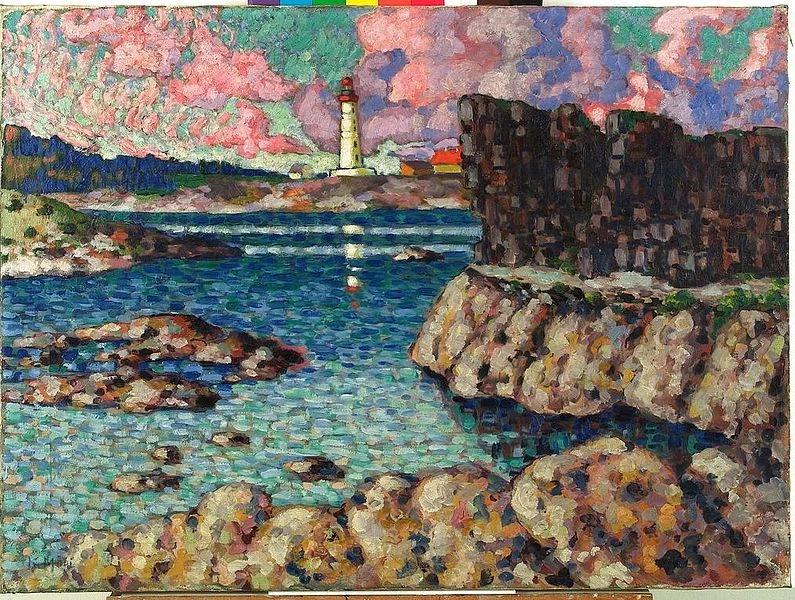
Probablemente sientes que estamos inundados con información sobre la evolución de la pandemia de COVID-19. Sin embargo, nada mejor que manejar los datos uno mismo y analizarlos desde distintos puntos de vista. Creo que siempre hay alguien que observará algo en los datos que se nos ha escapado a millones de observadores y creo que cualquier aporte en esta emergencia mundial es valioso.

